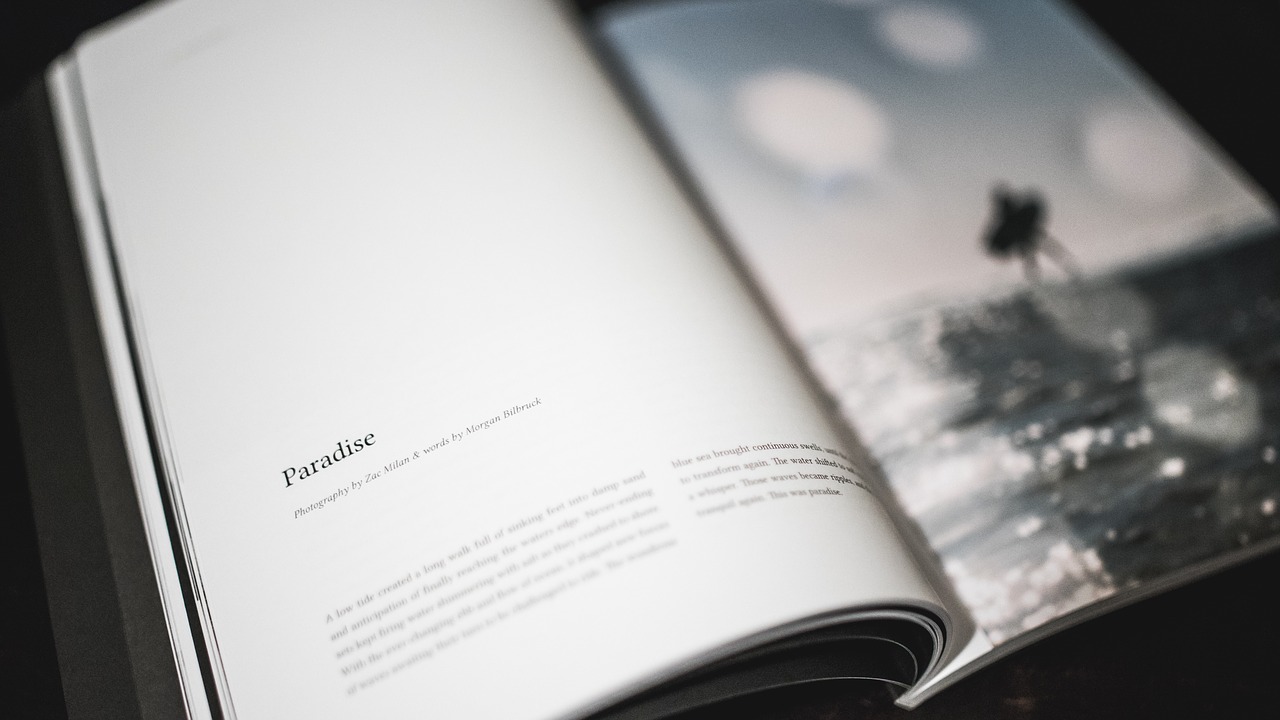Your Guide to Structuring Chapters

When you set out to write a novel, you’ll grapple with characters, plots, scenery, points of view, and all of those fantastical elements that make your story riveting to read and fun to write. What you may not give much thought to is the anatomy of your novel. It’s easy to neglect the technical and structural elements of your novel. Is the structure of your novel important anyway?
Absolutely! Every technical element from chapter to punctuation to sentence length feeds into your storytelling.
To master novel writing and provide an exquisite reading experience, you must give thought to even the smallest detail -- from word choice to chapter titles -- because it all matters.
As weird as it may seem, you can affect the reader’s level of engagement simply by the way you divide your novel into chapters. That, my friend, is what we’ll be discussing in this post.
Here’s a handy chapter outline worksheet you can use when editing your novel. Subscribe to receive this extra resource.
What is the Purpose of a Chapter?
Chapters are one of those structural elements that you probably don’t think about much until you’re tasked with dividing your own book into sections. Then you’ll wonder:
What makes for a compelling chapter?
How do I decide when to end a chapter?
What do chapters do anyway?
Let’s start with the last question first. Chapters give your reader a mental respite. Chapter breaks allow the reader to digest everything that’s happened within that section.
Think of chapters as mini milestones posted throughout your story. Each milestone means that the reader is one step closer to the story’s conclusion, and that can be both satisfying and motivating.
Chapters are also practical. You’re asking the reader to stay with you through a 200+ page novel. No matter how spellbinding it is, it’s pretty rare for the average reader to consume it all in one sitting. Many readers use chapter breaks as an opportunity to break away and do something else.
That said, chapters aren’t mandatory. You may find that leaving chapters out of your novel actually adds to the mood. An excellent example of this is Cormac McCarthy’s The Road. The intentional absence of chapters feeds into the overall bleakness and never-ending grind of the story.
Don’t Divide Into Chapters at First
Your first draft is no place to think about chapter structure. While I’m a big fan of outlines and planning, I’m also a fan of getting it written and out of your head. It’s possible to spend so much of your time plotting and planning that you never actually end up writing anything.
When penning your first draft, don’t worry about sectioning your story into chapters. Chances are high that whatever you write in your first draft will get mixed up, divided, and added to other sections, if not tossed altogether.
If you lock your narrative into chapters too early in the writing process, you’ll suffocate your creativity.
Instead, wait until you’re in the editing phase to think about the structure of your story. It’s during the editing phase when you’re most effective at correcting flow, pacing, and logic. Once you know the basic story, the characters, and the main plot points, you can organize the story into sections that complement the reader’s journey.
I recommend sectioning your novel into chapters after writing the first draft. This allows you to assign each chapter a purpose. For example:
In chapter 1, we’ll be introduced to the protagonist. In chapter 2, we’ll meet the protagonist’s love interest. In chapter 3, we’ll set off on a journey. In chapter 4, we’ll flash back to the protagonist’s childhood.
To Title or Not to Title

Titling your chapters is a personal preference and not mandatory. If you wanted, you could simply use numbers to denote different chapters. But you may be wondering, What are the benefits of titling chapters?
There are three major benefits to titling your chapters.
- Titles provide hints of what to expect within the chapter. Your title can motivate the reader to continue pushing through the novel to see what will happen next.
- Titles provide easy reference points for the reader. Some readers like to refer back to an incident that happened earlier in the novel. Titles can serve as useful reference points.
- Titles define and differentiate one chapter from the next. Sometimes, chapters blend together. Titles can help to distinguish and provide a small glimpse into the purchase of each chapter.
While titles may be natural for some novels, it can be jarring or disruptive for others. Use your writer’s discretion when coming up with a title for your chapters and, if you don’t feel good about the titles you’ve chosen, simply use numbers instead.
How to Start a Chapter
I’m a big fan of starting with action and not philosophy. Action engages and immediately pulls the reader into what’s happening. Philosophy makes the reader sit back and ponder the deeper meaning, and there’s certainly a place for that, but it’s not at the beginning of your chapter.
By action, I don’t mean high adrenaline, heart-pumping action, I mean activity-- even if that activity is simply a butterfly flittering into your scene. Of course, main character activity is always preferable.
Why start with action?
Remember that you want to get the reader involved with your characters as soon as possible, otherwise they’ll lose interest and put down your book. You don’t want to bore the reader with your endless, even if beautiful, descriptions of the scenery. Pull the reader in and make them care about what’s happening as soon as possible.
What to Include in Your Chapters
One popular way to approach chapters is to consider each as its own short story. While no chapter within a novel is an island, it can work as a short story where you have a decided beginning, middle, and end.
Sure this can get pretty complicated, but it doesn’t have to be.
This helps you keep the chapters as focused as possible so you don’t ramble
Chapter Length
How long should a chapter be?
Fortunately, there’s no set rule for chapter length. While many authors keep the chapters around the same length, it doesn’t mean that you can’t have a 20 page chapter right next to a 10 page chapter.
Chapter length feeds into pacing. Length can vary and become an intention part of your storytelling.
If you’d like to convey how quickly things are happening to or because of your protagonist, you may choose to insert several short chapters. It can give the sense that your protagonist has experienced a lot in a relatively short amount of time.
However, if you’d like to unpack the story and ask the reader to linger with a character, idea, or premise for a while, longer chapters may be in order.
Of course, you can also weave shorter and longer chapters together to create a steady and predictable pace.
When to End a Chapter

Not sure when to end a chapter?
The ending of your chapter does two things: it closes one door and it opens another one. By the end of each chapter, you should resolve at least one thing. Here are few ideas of how to end a chapter:
At a Natural Pause
Examples: You’ve come to the end of a major event or you’ve reached the end of a flashback. Check out these 5 tips to creating a backstory.
At a Cliffhanger for a Particular Character
Examples: Your protagonist has learned something new that changes everything or you’re on the eve of a major event.
When Switching Points of View
Examples: You have multiple points of view and each chapter is dedicated to a different character. Here's the difference between point of view and perspective.
How Many Chapters to Include
Just how many chapters should you include in your novel?
Most novels have between 10 to 12 chapters, but that’s not set in stone. You can have two chapters or 200 -- it all depends on how comfortable you are with experimenting.
Consider your dear reader. Will the chapter breaks make sense to that reader or will it be a disruption from the story? Some genres require more steadfast obedience to the rules than others. A romance novel is probably not the place to experiment with unique chapter breaks because it could distract the reader from enjoying the story.
Additional Resources
Before you go, check out these related posts:
Here’s a handy chapter outline worksheet you can use when editing your novel. Subscribe to receive this extra resource.




